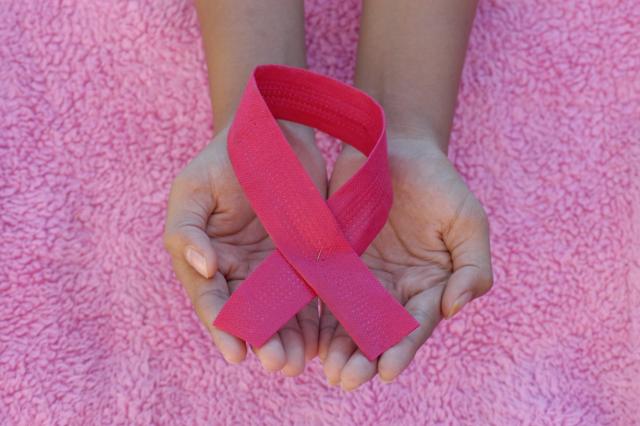
Australian women in under-screened communities are being urged to take the new self-collection cervical cancer screening option through their health professional as the World Health Organisation (WHO) marks two years since the announcement of its goal to eliminate cervical cancer as a public health problem.
Participation for cervical cancer screening, which can now be done through self-collection at a doctor’s clinic, must reach at least 70 per cent if Australia is to remain on track to meet the WHO target by 2035.
However, experts are concerned individuals in some groups, such as Aboriginal and Torres Strait Islander people, those living regionally, culturally and linguistically diverse communities, LGBTIQ+ people and people with disabilities, are not currently screening or avoid it because they are not aware of the new private self-collection method.
A 2021 study showed that to achieve the 2030 cervical cancer elimination target, cervical cancer incidence must be reduced by 74 per cent in Indigenous women in Australia.
The study also highlighted that Aboriginal and Torres Strait Islander women experience cervical cancer at the same rates as developing regions of the world, despite having access to the vaccination programs and screening programs.
“More than 70 per cent of cervical cancer cases occur in women who are either overdue for screening or who have never been screened,” said Professor Marion Saville, executive director at the Australian Centre for the Prevention of Cervical Cancer.
A study published in the Journal of Migration and Health found that among South Asian immigrant women in Australia, fewer than half knew that HPV could cause cervical cancer and the women also had low knowledge about Pap and HPV tests.
Moreover, only one third of the participants were aware of the changes made to the cervical screening program, and 10 per cent of overall participants knew about the availability of the self-sampling option introduced in the new screening program.
“Women, especially between the ages of 25 and 29 or in these groups, are not participating in the screening program in the numbers we would like to see.
“However, it’s important to encourage all women, especially younger women, to participate, as they are not completely immune from the disease with the HPV vaccination they received in high school,” added Professor Saville.
“Self-collection is much less invasive and uncomfortable than the current speculum collection performed by a healthcare professional, which some women find embarrassing and avoid altogether.”
As such, self-collection will help remove some of the cultural and personal barriers that have previously discouraged women from screening.
“Cervical cancer is preventable, and elimination is within reach if we act now.”
Experts say it’s crucial more women from our most under-screened communities heed warnings for cervical cancer and speak to their doctor about the new self-collection option for their next cervical cancer screening test.
Giving eligible women the option to self-collect is part of an expanded campaign by the Federal Government to make cervical cancer screening more accessible, which will help Australia achieve its goal to eliminate cervical cancer as a public health problem.
The national self-collection program was expanded to include all women aged between 25 and 74 on July 1 this year. However, because many people put off their screening appointment during COVID, experts are encouraging as many eligible people as possible to make their next appointment as a surge in notification reminders is being distributed by the Federal Government’s National Cervical Screening Program (NCSP) to book their five-yearly HPV test.
Since the NCSP moved away from two-yearly Pap test to the five-yearly program in 2017, screening participation rates in Australia have sadly dipped below 60 per cent between the 2018 and 2021 reporting period (four-year interim participation rate).
“People who were due to have their screening test in 2020 are more likely, due to COVID restrictions, to be overdue and face challenges for screening,” Professor Saville said.
Cervical cancer is one of the greatest threats to women’s health and Australia is a global leader in preventing it, with an effective HPV vaccination program delivered through schools, and a longstanding cervical screening program.
Yet still, according to Cancer Australia, more than 900 women and people with a cervix will be diagnosed with cervical cancer this year and more than 200 people will die from it.
Kirsty Browne, 35, was diagnosed with an aggressive form of cervical cancer aged 26 after she casually decided to get screened by her GP while going in for a prescription.
She is cancer-free now but says it could have cost her life, and she can’t stress enough the message for women to screen.
“I can honestly say the diagnosis knocked the wind out of me. Even as a scientist I thought I was way too young for cancer. I forced myself to juggle study, treatment, work and egg freezing to preserve
my future fertility.”
Roche Diagnostics Australia, the country’s leading supplier of the HPV test, applauds the self-collection program and the expected increase that it will have on participation rates in cervical screening.
“Roche is committed to supporting the government to reduce and eliminate cervical cancer through expanded self-collection and greater access to all eligible people,” said Roche Diagnostics Australia managing director, Allison Rossiter.
“Our HPV tests are the most widely available in Australia. The test is included on the ARTG to provide individual results for HPV genotypes 16 and 18, the two highest risk types known to be the primary cause of cervical cancer.
“By providing individual results, clinicians can better risk-stratify patients, and make patient management decisions with confidence,” she added.






